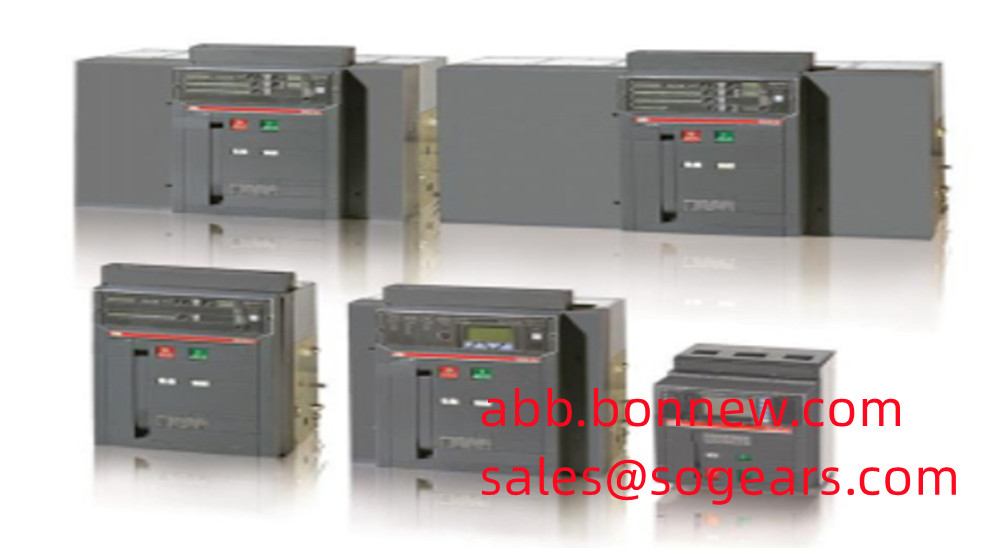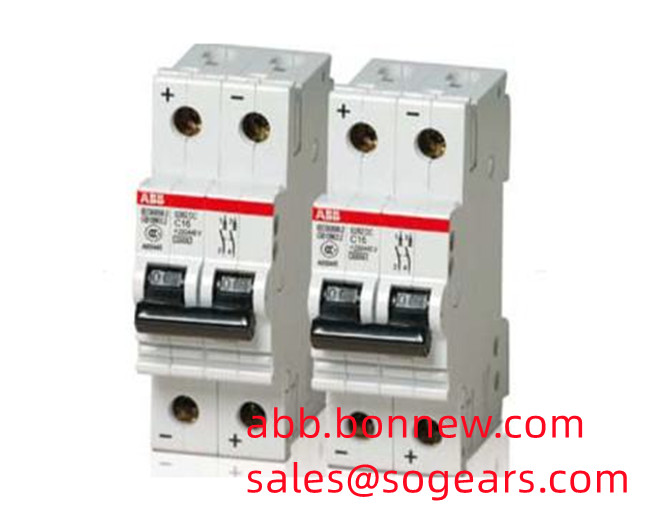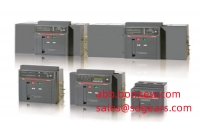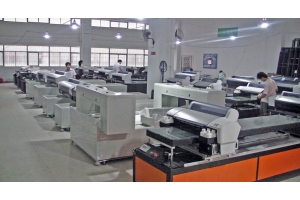
I. What is a frame circuit breaker?
A frame circuit breaker is a circuit breaker in which the contacts are exposed to the atmosphere and the atmosphere is used as an isolation medium. The English name of the frame circuit breaker is: air circuit-breaker, and the first letter of this definition is extracted, which is ACB. ACB is the symbol code for the frame circuit breaker.
Correspondingly, the ordinary molded case circuit breaker is MCCB, and the domestic miniature circuit breaker is MCB (micro circuit-breaker).
Let's take a look at the shape of ABB's Emax AC frame circuit breaker Emax, as follows:

So what is the difference between the rated current of these three circuit breakers? The current range of MCB is below 63A; the current range of MCCB is generally below 1250A, and the maximum will not exceed 1600A; the current range of ACB is 800A to 6300A.
The circuit breaker consists of four parts: the main contact, the arc extinguishing mechanism, the control mechanism and the release. There are four kinds of releases, namely thermal release (overload release), magnetic release (short-circuit release), shunt release (for remote control closing and opening) and undervoltage release device.
So what is the difference between a DC circuit breaker and an AC circuit breaker?
II What is a DC circuit breaker?
1. Its main contacts are connected in series with three poles or four poles;
2. It cannot install electronic release, current sensor and other components used for AC current measurement and control, and must be specially equipped.
When an AC circuit breaker is used for a DC circuit, use 3 or 4 poles in series. In fact, this is the characteristic of DC circuit breakers.

III. Arc extinguishing characteristics and measures of DC circuit breakers
What is the difference between the arc extinguishing characteristics of a DC circuit breaker and that of an AC circuit breaker? Let's discuss it as follows:
Arc extinguishing principle of DC arc
The purpose of using multi-pole main contacts in series is to elongate the arc, making it easier to cool down and extinguish the arc.
Compared with the DC arc, the AC arc has a process of current zero-crossing, and the arc will be extinguished automatically. We only need to take measures to prevent the arc from reburning after the zero-crossing. The DC arc does not have a zero-crossing process, so the DC arc is difficult to extinguish. So is it possible to take some measures, when the circuit breaker is disconnected, deliberately introduce an external AC current into the line, and let its zero-crossing process act on the circuit breaker to achieve forced arc extinguishing? The answer is yes, and this is also one of the arc extinguishing measures for DC circuit breakers in medium and high voltage distribution systems.
For low-voltage DC lines, most of the DC circuit breakers adopt the auxiliary arc-gap arc extinguishing method.
When the main contact opens, an arc occurs in the arc gap of the main contact. After we are equipped with auxiliary arc extinguishing contacts, the arc in the auxiliary arc gap needs current, which will inevitably reduce the arc current in the main arc gap. After the arc current is reduced, the arc voltage will rise, and the arc resistance will increase and cool down. As this process continues, the current in the main arc gap becomes smaller and smaller until the arc is extinguished.
We know that whether it is a circuit breaker release or a relay protection device, the core is the single-chip microcomputer, and the current acquisition is the forward channel of the single-chip microcomputer. The current acquisition of the DC circuit breaker is of course different from the current acquisition of the AC circuit breaker, which determines that the structure and principle of the DC frame circuit breaker release are also different from the AC circuit breaker.
This is one of the reasons why DC frame circuit breakers are more expensive than AC frame circuit breakers.




